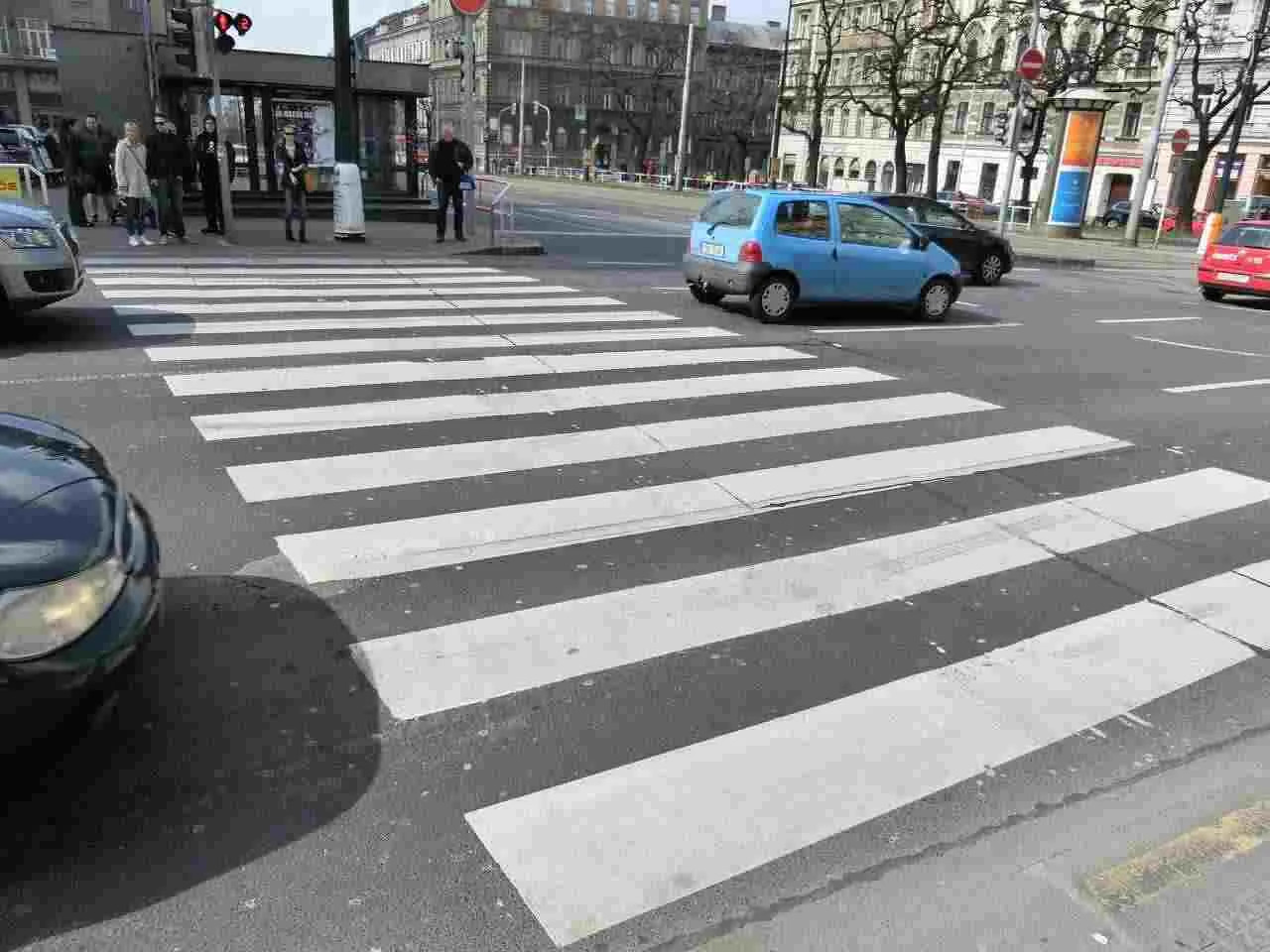Economic and Non-economic Damages in Florida Pedestrian Accident Cases

The vibrant sidewalks of Florida, dotted with tourists and locals alike, reflect the state’s lively spirit. But when the unexpected strikes and a pedestrian is involved in an accident, the aftermath can be both physically and emotionally tumultuous. A critical component of the recovery journey lies in understanding compensation – specifically, the difference between economic and non-economic damages. Let’s embark on a path of clarity, decoding these terms in the context of Florida pedestrian accidents.
A Glimpse into Damages
When we discuss ‘damages’ in the legal sense, we’re referring to the compensation an injured person may be entitled to after an accident. Broadly, these damages are divided into two categories: economic and non-economic.
Economic Damages: The Tangible Toll
Economic damages represent the tangible financial losses a victim incurs due to an accident. In pedestrian accident cases, these could include:
- Medical Expenses: From immediate emergency care to ongoing treatments, surgeries, or rehabilitation.
- Lost Wages: If the accident results in the victim being unable to work, either temporarily or permanently.
- Future Earning Capacity: Sometimes, the injuries may hinder the victim’s ability to earn at the same capacity as before the accident.
- Miscellaneous Costs: This can encompass a range of expenses like transportation to medical appointments, home modifications due to injuries, or hiring help for household tasks.
Non-Economic Damages: The Intangible Impact
While economic damages are relatively straightforward to quantify, non-economic damages delve into the less tangible impacts of an accident. They represent the emotional and psychological toll on a victim. This can include:
- Pain and Suffering: The physical pain and emotional distress a victim undergoes.
- Loss of Enjoyment of Life: The diminished ability to enjoy daily life activities and hobbies.
- Emotional Distress: This includes anxiety, depression, or other emotional responses resulting from the accident.
- Loss of Companionship or Consortium: This pertains to the impact of the victim’s injuries on their relationship with their spouse or family.
Navigating the Path to Compensation in Florida:
- Statute of Limitations: Florida law typically provides a four-year window from the date of the accident for victims to file a personal injury claim. Starting early ensures all evidence is fresh, and you have ample time to build a solid case.
- Shared Fault: Florida operates under a comparative negligence system. This means if the pedestrian was partly at fault (e.g., jaywalking), any compensation might be reduced by their percentage of fault.
- Caps on Damages: Florida does not impose a cap on damages for personal injury cases, but understanding nuances, especially if punitive damages are considered, can be crucial.
Conclusion
Pedestrian accidents, given their vulnerable nature, can be particularly devastating. While no amount of compensation can truly make up for the trauma and loss, understanding the avenues for relief can empower victims to seek what they rightfully deserve. It’s essential to consult with an experienced attorney to guide you through Florida’s legal landscape, ensuring you’re well-equipped in your quest for justice and healing. Safe walking to all, and let’s continue to champion the rights of pedestrians in the Sunshine State!
